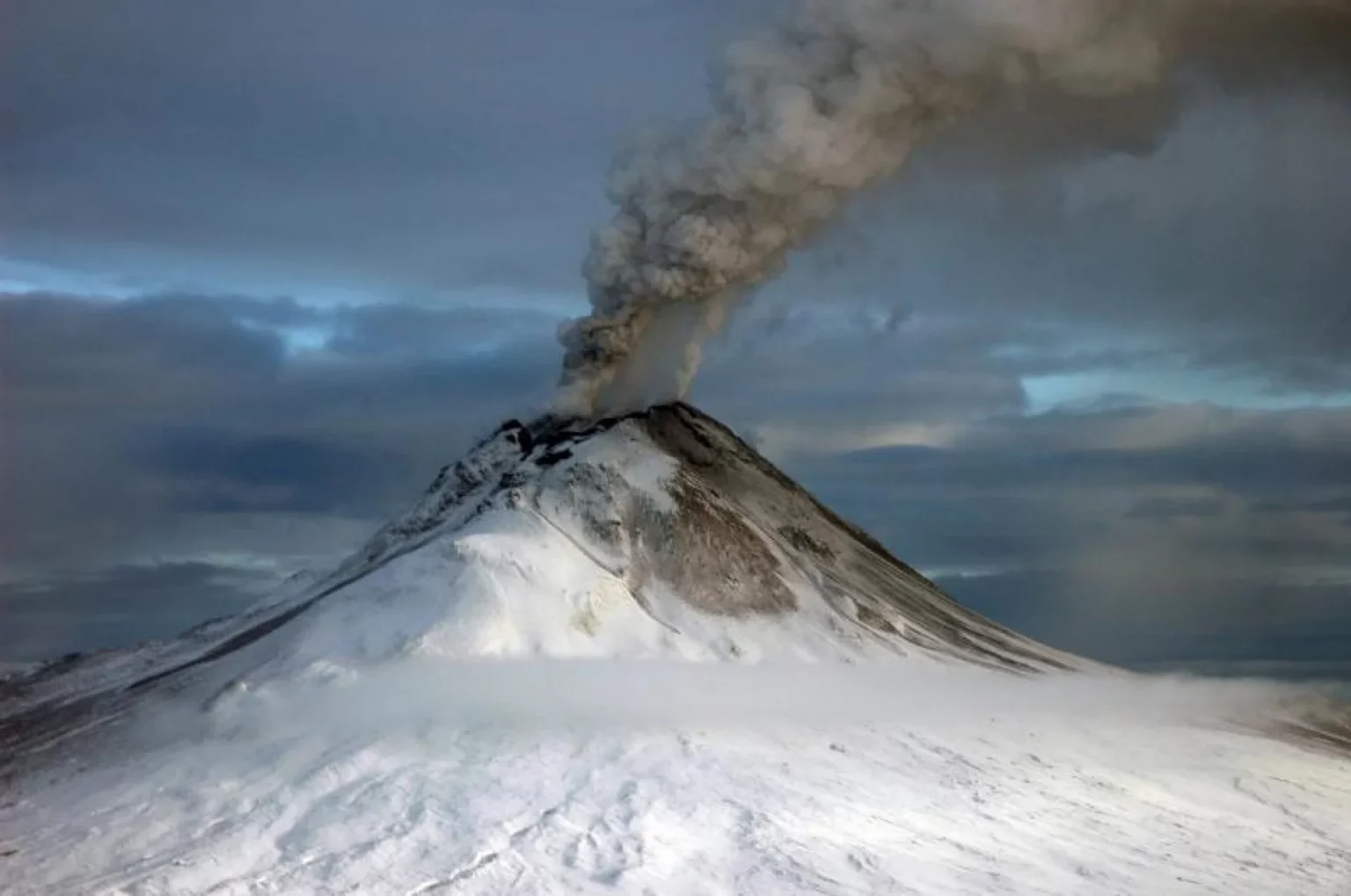A team of oceanographers from the Scripps Institution of Oceanography, Chungnam National University, and the University of Hawaii have made a groundbreaking discovery by using radar satellite data to map 19,000 previously unknown undersea volcanoes in the world’s oceans. The results of their study have been published in the journal Earth and Space Science.
Seamounts, or underwater mountains, are a prominent feature of the ocean floor, and they can be created by tectonic plates pushing against one another or volcanic eruptions. Currently, only a quarter of the ocean floor has been mapped, and the number and location of seamounts remain unknown, creating potential safety hazards for submarines and hindering oceanographers’ ability to model ocean water flow.
To address this knowledge gap, the researchers used radar satellite data to map as many seamounts as possible. They measured seawater mounding to locate and map the undersea volcanoes, and by measuring the altitude of the sea surface, the satellites indirectly detected the gravitational pull from seafloor topography, causing changes in the sea mounding. This method allowed the team to discover 19,000 previously unknown seamounts.
The study highlights several benefits of mapping the ocean floor, including supporting sea-floor mining efforts, providing insights into tectonic plates and geomagnetic fields, and offering a habitat for marine life. However, the most crucial aspect of seamount mapping is its effect on deep-sea ocean flow.
Seamounts influence ocean currents by pushing colder water upwards, and their impact on the flow is still poorly understood. As the oceans continue to absorb more heat and carbon dioxide from the atmosphere, and freshwater melt due to climate change, mapping ocean currents and seamounts becomes increasingly important. By discovering and mapping 19,000 previously unknown undersea volcanoes, the researchers have provided valuable insights into the ocean floor and the role it plays in regulating the planet’s climate.
The discovery of these undersea volcanoes is significant not only for its impact on oceanography but also for its potential implications for the wider scientific community. The study’s authors hope that their findings will lead to further research and a better understanding of the ocean floor’s importance in maintaining a healthy planet.




